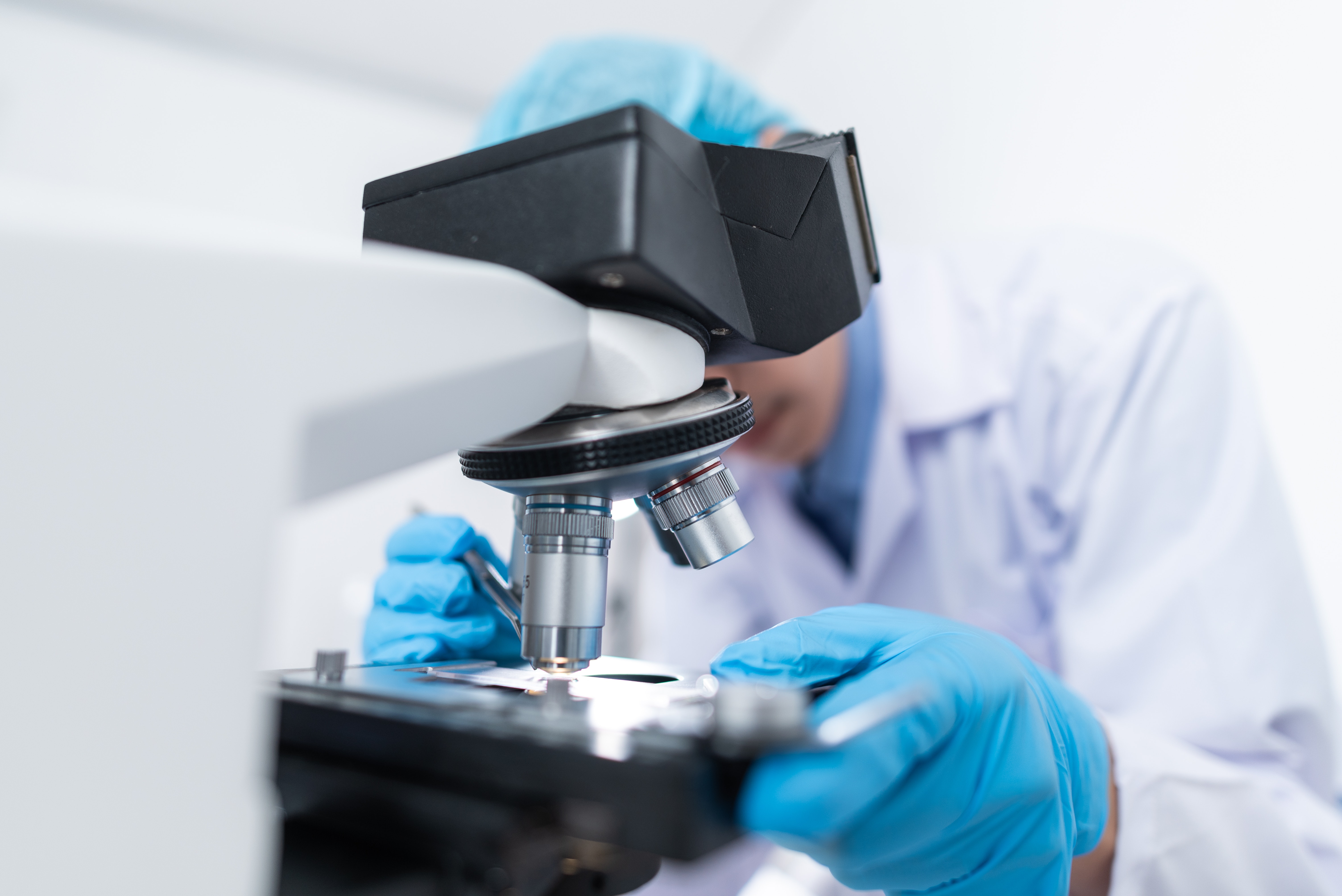
Accurate cell counting is crucial in medicine, impacting everything from diagnostics to treatment efficacy. With various cell counting techniques available, understanding their unique features and applications is essential. The article explores the main types of cell counters, helping you choose the suitable method to meet specific medical and research needs.
1.Hematology Analyzer
Hematology analyzers are one of the most pivotal cell counting methods in modern healthcare, leveraging light scatter and electrical impedance to swiftly and accurately count blood cells. These automated devices play a crucial role in clinical settings, providing essential data for diagnosing and monitoring various health conditions. Their ability to deliver reliable results quickly enhances efficiency in healthcare diagnostics, supporting timely interventions and patient care.
However, their specialization in blood cells means they are not versatile enough for counting mammalian cells outside of hematological applications. Hence, for broader biomedical research and biotechnological advancements, employing other diverse cell counting techniques that can accommodate a broader range of cell types and applications is crucial.
2.Impedance-Based Cell Counters
Impedance-based cell counters are the oldest automated cell counting technology that determines cell count and size by passing cells through a small aperture filled with electrolyte solution. As cells pass through this aperture, they disrupt an electric current, which the instrument detects as voltage pulses.
The electrical method allows for a precise count and sizing of particles without staining. That makes the cell counting technique ideal for rapid and accurate analysis in applications such as blood cell counting and complete blood count particle analysis.
However, it's important to note that impedance-based counters cannot distinguish between live and dead cells, which limits their application in tests requiring viability assessment. Complementary methods like fluorescence-based assays or image cytometry are more suitable for such needs.
3.Automated Flow Cytometry
Flow cytometry is a powerful tool that detects and measures a population of cells' physical and chemical characteristics. It employs a cytometer that directs laser light onto cells as they pass through a fluid stream. The scattered light provides detailed information about cell size, shape, and internal complexity, enabling precise single-cell analysis and advancing medical research.
However, flow cytometry requires meticulous sample preparation to achieve accurate cell concentration, which can be time-consuming. The process is also bulky and expensive, limiting its efficiency for quick and routine cell counting needs.
4.Image Cytometer
Image cytometers utilize microscopes, cameras, and specialized lighting to visually analyze cell samples, capturing multiple images for detailed analysis. One of its significant advantages is the ability of its software to distinguish between live and dead cells, which is crucial for assessing cell viability in various applications such as bioprocessing and drug screening.
Unlike other methods, image cytometers often require minimal sample preparation, facilitating high-throughput cell counts. However, operators of image cytometers must possess proficient microscope-focusing skills to ensure precise cell identification and analysis. Also, with this method, you may incur additional costs for purchasing stains and reagents.
5.Manual Cell Counting Method: Hemocytometer
The hemocytometer is a manual cell counting device that relies on brightfield microscopy and a specialized counting chamber. It uses a trypan blue stain to distinguish dead cells. However, with time, it also stains viable cells, hence producing inaccurate viability results for cell culture.
Moreover, trypan blue is toxic to cells, and its use is declining in some regions, prompting a shift towards more automated and less hazardous alternatives to cell counting methods. Also, the reliance of the hemocytometer on manual counting makes it prone to human errors and bias, impacting accuracy.
Conclusion: In medicine, identifying the correct cell counting method and type of cell counter is crucial for accuracy and efficiency. A strategic approach involves selecting technology that suits specific clinical diagnostics or research needs. Integrating compatible software ensures seamless operation, automating data acquisition, image analysis, and reporting, enhancing precision and productivity in biomedical applications.